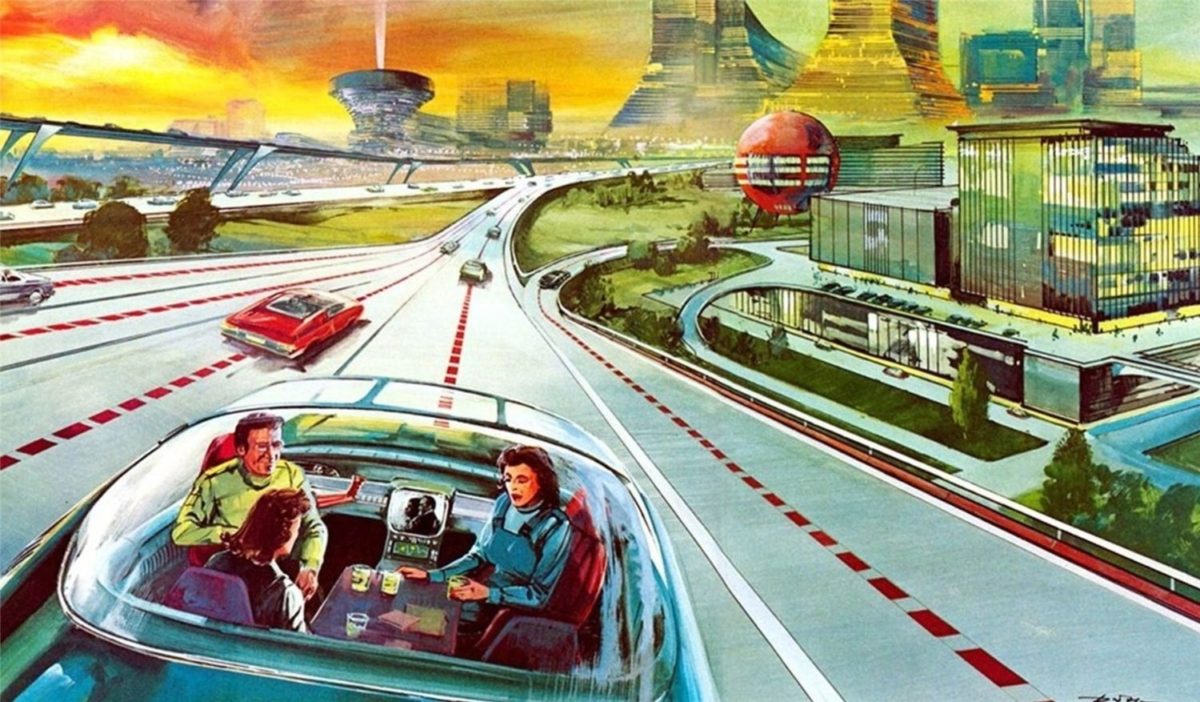Vast investments have been poured into the R&D of autonomous vehicles in recent years. Companies such as Tesla and Waymo, have established leading positions as far in the development of electric self-driving vehicles. The rise of autonomous vehicles indicates potential disruption of traditional car manufacturing industries. Many traditional OEMs such as Volkswagen, Mercedes, Toyota and General Motors are also slowly transforming their business models in leveraging their manufacturing expertise and adapting to these new changes. With the use of artificial intelligence, transportation styles will slowly shift from self-driving cars to ride sharing services.
Therefore, these traditional OEMs are also heavily buying or partnering up with leading ride sharing companies such as Uber and Lyft. Uber has already started trailing self-driving taxis in 2016.
Autonomous cars will make ride sharing services the primary form of transportation. People will favour on-time pick up services rather than driving by themselves. This increases their comfort and cognitive load while commuting, and saves them time.
Increased car sharing also results in less cars being produced and put to more efficient use. This would further decrease overall idle time of vehicles and reduce the amount of traffic jams in urban areas. The installed network abilities not only direct the self-driving vehicle to the best routes but also reduce traffic time. With the reduced amount of vehicles, there will also be less parking spaces needed. People not only save time finding parking spaces, but this can also improve urban structuring, using the original parking space of other urban planning.
Electric autonomous cars can also help the environment. With the large amount of cars used in urban cities and creating pollution, autonomous cars can be the solution to reducing air pollution and related health costs. This can also influence and change where people choose to live. Although it is still vague whether automotive cars will induce the effect of promoting city living and urbanization, the easier commuting will defiantly make travelling by car for those living in suburb areas more convenient.
References:
Bohlig, A. (2017). Auto Outlook 2040: The Rise of Fully Autonomous Vehicles | Loup Ventures. [online] Loupventures.com. Available at: http://loupventures.com/auto-outlook-2040-the-rise-of-fully-autonomous-vehicles/ [Accessed 21 Oct. 2017].
Yigitcanlar, T. (2017). Driverless vehicles could bring out the best – or worst – in our cities by transforming land use. [online] The Conversation. Available at: https://theconversation.com/driverless-vehicles-could-bring-out-the-best-or-worst-in-our-cities-by-transforming-land-use-84127 [Accessed 21 Oct. 2017].



